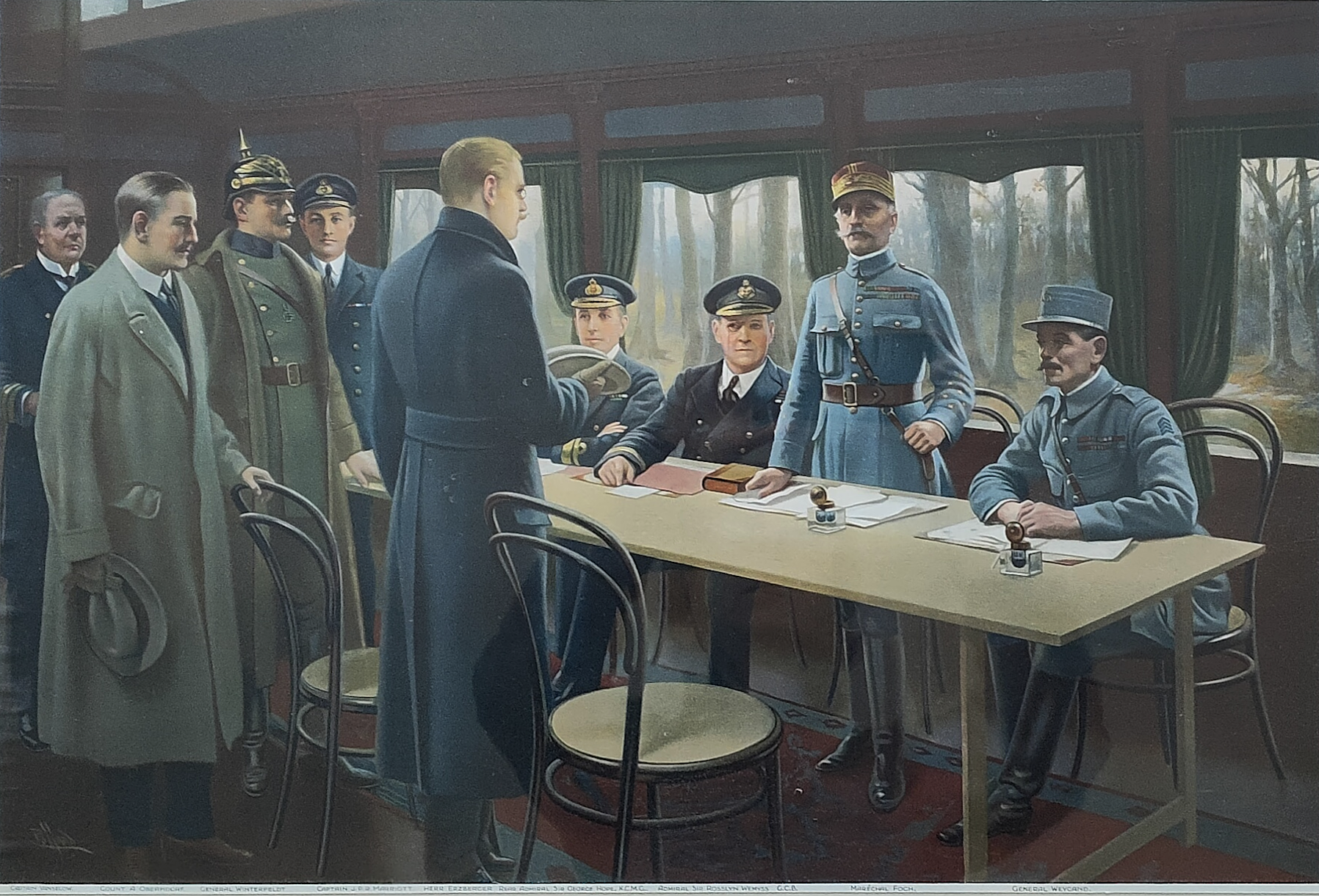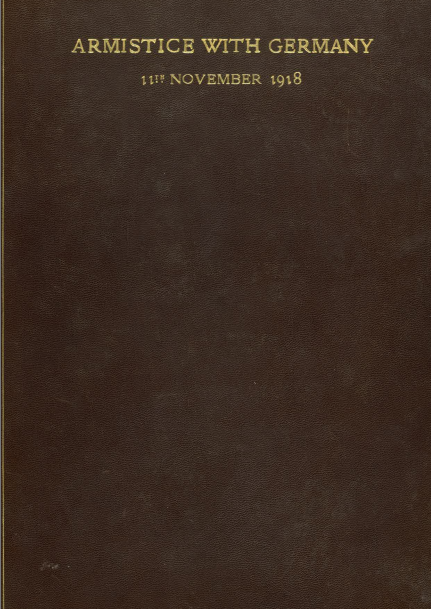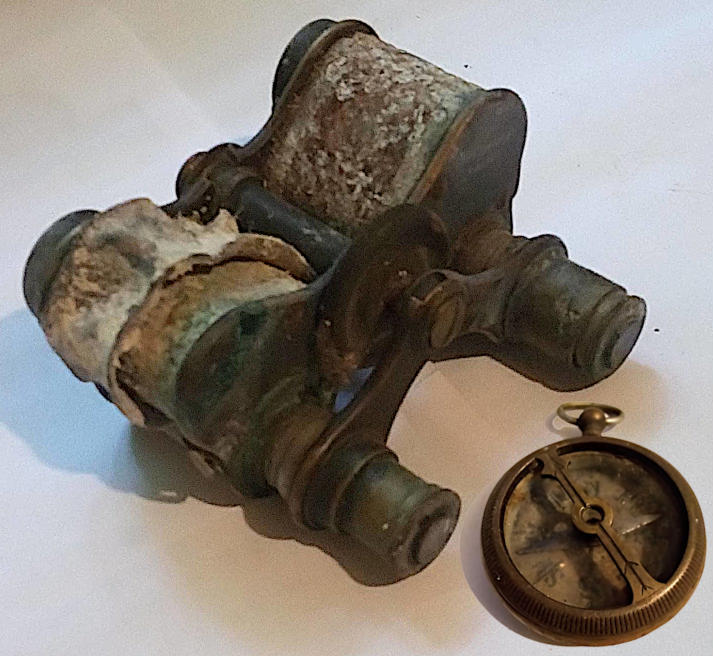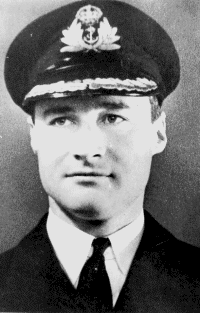Memorial Playing Field
Inkpen's
memorial
to those from Inkpen killed in both the first and second world
wars, is a living memorial.
The memorial playing field came into being in 1946 and was
expanded in 1952. The Inkpen Parish Council is the corporate
trustee and has in recent years sought to widen the appeal of
the playing field to include all age groups. The facilities are
constantly being updated with the refurbishment of the pavilion
being the latest venture. We hope that those from Inkpen and
Kintbury that died during WW1 and WW2 would find the playing
field a fitting legacy.
World
War
1
Captain
J P R Marriott, Naval Assistant to the First Sea Lord
Captain Marriott from Totterdown, Inkpen, is fourth from the left in picture below. The Armistice, which ended hostilities on the Western Front of World War I, was signed at 5:00 AM on November 11, 1918, in the Rethondes Clearing of the Compiègne Forest in France. This agreement, between the Allies and Germany, took effect at 11:00 AM, the "eleventh hour of the eleventh day of the eleventh month," marking the end of major fighting.
 |
 |
Captain
Marriott recorded the scene during a BBC interview in
1932. This amazing recording is available here, and is definitely one to
listening to.
The
following WW1 and WW2 data has been compiled by the Inkpen and Kintbury Family History
Group, led by Vin Foster and
Linda Crawford of Inkpen:
|
Herbert Allen |
|
|
|
|
|
1911 Census Data |
|
|
WW1 - Inkpen Fallen |
|
|
WW1 Secret - War Diaries |
| Christopher
John Painting's binoculars and compass from WW1 |
 |
World War 2
|
Alan Carter |
John Fass |
|
Fred Palmer |
|
World War 2
The Bismark - May 1941. The following information was
kindly provided by John's son, Jack Marriott.
Commander
John Marriott of Totterdown, and later The Folly in Inkpen,
was a midshipman on the King George V during one of the most
important actions of WW2. The extract from his journal can be
found here (by hand,
as
text). It is a direct account of the sinking of the
Bismark, one of the German pocket battleships. It is hard to
imagine what such an experience this must have been. A supporting account of the sinking was
made by G R Mitchell.
The Second World War Experience Centre, (SWWEC). John
Marriott, born in 1922, talks about his time in the Royal Navy
here.
The recording was made at his home in 2005. This includes the
action against Bismark.
Captain Bob Ryder VC RN
 |
The KING has been graciously pleased to approve the award
of the Victoria Cross for daring and valour in the attack on
the German Naval Base at St. Nazaire, to: Commander Robert
Edward Dudley Ryder, Royal Navy. For great gallantry in the
attack on St Nazaire. He commanded a force of small
unprotected ships in an attack on a heavily defended port
and led H.M.S. Campbeltown in under intense fire from short
range weapons at point blank range. Though the main object
of the expedition had been accomplished in the beaching of
Campbeltown, he remained on the spot conducting operations,
evacuating men from Campbeltown and dealing with strong
points and close range weapons while exposed to heavy fire
for one hour and sixteen minutes, and did not withdraw till
it was certain that his ship could be of no use in rescuing
any of the Commando Troops who were still ashore. That his
Motor Gun Boat, now full of dead and wounded, should have
survived and should have been able to withdraw through an
intense barrage of close range fire was almost a miracle. The London Gazette. 19 May 1942 |
In 1977 the Ryders moved from Norfolk to Inkpen, near Newbury.
Ryder’s wife Hilaré died on 19 September 1982, Robert Ryder
died on 29 June 1986, while on the yacht Watchdog during a
sailing trip to France. His funeral service was held at St
Michael's Church, Inkpen on 10 July 1986.
You can read the extract from the Remembrance Sunday Service
at Inkpen's St. Michael's Church, 10 November 2019 here. Robert (Bob) Ryder died of natural
causes on 29th June 1986 while on his yacht "Watchdog" (with
John Marriott and one other) during a sailing trip to France.
In early 1942 the German battleship Tirpitz had been active
against the Arctic Convoys but it was feared that she might
move south to attack shipping in the mid-Atlantic. The only
dock on the French coast large enough to take her was at St
Nazaire at the mouth of the Loire in south-east Brittany. In
Operation Chariot, it was planned to destroy the dock as well
as the neighbouring submarine pens, thus effectively confining
Tirpitz to northern waters. On 26 March 1942 a small naval
force left Falmouth for St Nazaire. It consisted of HMS
Campbeltown, under the command of Lieutenant Commander S H
Beattie, two escorting destroyers, HM Ships Atherstone and
Tynedale; sixteen motor launches carrying Commandos under
Lieutenant Colonel A C Newman, Motor Gun Boat 314,
commanded by Commander R E D Ryder, and Motor Torpedo
Boat 74. The force reached St Nazaire on the night of 27-28
March. The Germans only realized that they were under attack
at the very last moment. Guided by MGB 314 Beattie succeeded
in ramming Campbeltown into the dock gates, where she was
scuttled and stuck fast. The launches carrying the commandos
came under very heavy fire. The gallant resistance mounted by
Sergeant T F Durrant on Motor Launch 306 excited even German
admiration. Newman led those commandos who succeeded in
landing in an attack on the submarine pens and port facilities
but as the strength of German resistance increased, preventing
them from reaching the planned embarkation point, the
survivors could only attempt to fight their way out through
the town before being captured. Beattie was taken prisoner
when the motor launch evacuating him and others was sunk. Once
it became clear that it was impossible to rescue the
commandos, MGB 314 was the last boat to leave. On this
boat Able Seaman W A Savage particularly distinguished
himself. The Germans failed to find the explosives on the
Campbeltown and it exploded destroying the dock gates. Delayed
action charges laid by MTB 74 detonated two days later. Of the
622 men who took part in the raid, 169 were killed and 215
taken prisoner. However the dock was out of use for the rest
of the war.
Plane Crash on Walbury Hill

Inkpen Home Guard WW2
On parade at the Village Hall (1) and at the Sawmills (1, 2)
During WW29th Battalion, Parachute Regiment Came to Inkpen.
During the lead up to D-Day, members of the 9th Battalion, Parachute Regiment due to land and capture the Merville Battery in Normandy were sent to Inkpen. An intensive training course was set up in a valley around Inkpen where a mock-up battery was constructed. Whilst on this training course they were put to the test to see if they could capture and destroy the battery, with live ammunition being used on some occasions.
The battery in Inkpen was built within seven days, and troops were immediately sent there to begin conducting their training. Constructed around the battery were pretend minefields and rows of barbed wire plotted around the area.
Security was strict around the area and the troops were kept in at the training zone until they could prove that they were not going to let out any secrets. The battalion’s commander, Lieutenant Colonel Terrence Otway, made sure this was the case by arranging women from the Women’s Auxiliary Air Force (WAAF) to come to the site, where they would attempt to allure the men into telling them things about what they were doing. Any who failed would not be granted a 48 hour leave pass at the end of their training.
Link - https://theddaystory.com/markers/mock-up-of-merville-battery-inkpen-berkshire/
Photos of the Merville Battery WWII commemorative plaque, which over looks Inkpen and West Berkshire from Walbury Hill in Berkshire are here (1, 2, 3).
The following has been kindly provided by Ruth Bowler
ALAN CARTER:
Corporal 916325 Royal Air Force Volunteer Reserve. d. 26 Dec 1941 Buried South of chapel in Methodist Burial Ground, Inkpen. Inscription: “ Till we meet again”
JOHN ERNEST FASS:
49851. 1st Battalion Welsh Guards. d. 30 June 1944 aged 33yrs. Buried St Manvieu War Cemetery, Cheux, France. Grave 111.F.9 Re-buried here on 17 Sept 1945. Son of Sir Ernest Fass K C.M.G. CB.OBE and Lady Fass (nee Neame) of Inkpen. Husband of Elizabeth Mary Fass of Sonning, Berkshire.
(RONALD) FRED(ERICK) PALMER :
Leading Seaman P/JX 17899 Royal Navy. H.M.S Vortigern d. 15 Mar 1942 aged 22yrs. Remembered on the Portsmouth Naval Memorial. Son of Charles Nation Palmer and Ruth Emily Palmer of Inkpen.
Vortigern was sunk off Cromer on 15 March 1942, whilst defending a coastal convoy against attack by E-boats. She was torpedoed by the E-boat S104, and sank with the loss of 110 lives. Only 14 survivors were rescued. Eleven bodies were recovered from the sea by the Cromer lifeboat H F Bailey III. The wreck site is designated as a Protected Place under the Protection of Military Remains Act 1986. There are twelve war graves in Lowestoft cemetery from HMS Vortigern.
 IHS
IHS